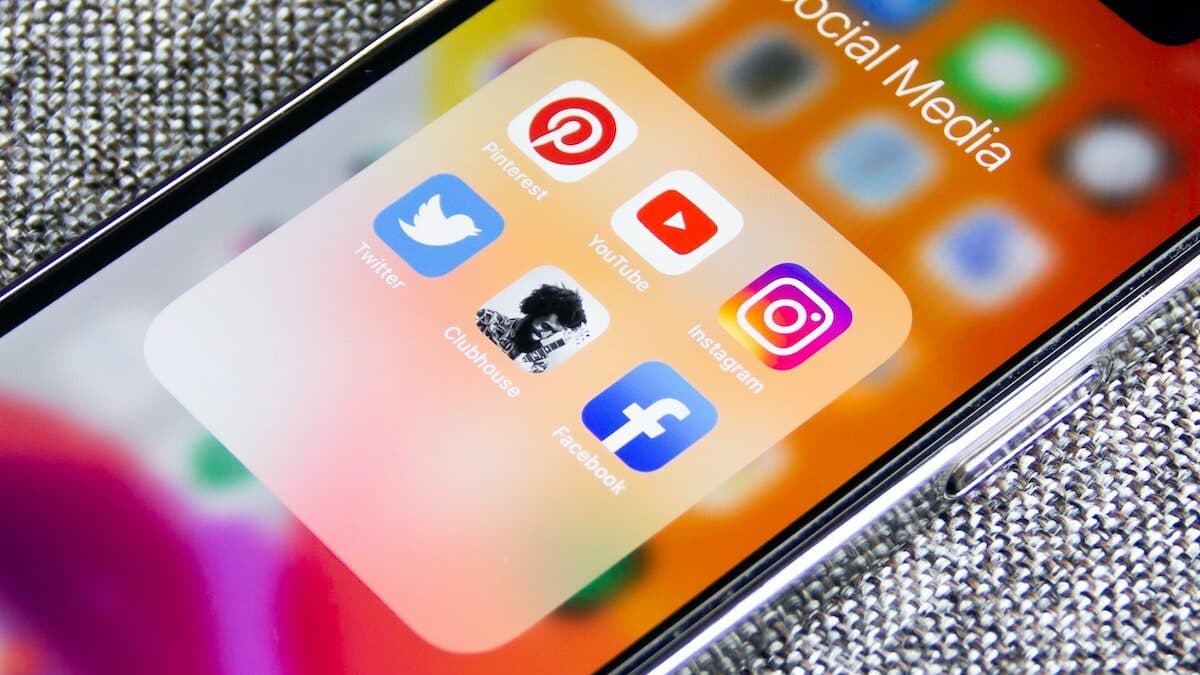Brands are anticipated to continue investing in influencer marketing despite the slowdown in the economy and revised marketing budgets. While total marketing budgets may be reduced, brands are expected to increase their investment in collaborations with influencers.
The cheapest type of branded content is influencer content, which is the reason. Partnerships with gaming influencers will also become a higher priority for marketers. The findings are based on HypeAuditor’s top four predictions for the influencer marketing industry for 2023, an AI-powered influencer marketing platform.
When it comes to influencer marketing, Instagram and TikTok continue to be the two most popular channels for marketers. When it comes to influencer marketing, Instagram’s reputation is still unchallenged. It still provides businesses with the greatest opportunity for their influencer marketing plan. However, because of TikTok’s continued growth in popularity among Generation Z, there is still fierce competition.
A recent study found that 40 per cent of people between the ages of 18 and 24 prefer TikTok to Google while conducting internet searches. The numerous chances for influencers and users to express themselves artistically cause the platform’s ongoing excitement.
Instagram is leading the way
The HypeAuditor report notes that on Instagram, an influencer’s amount of followers continues to be a crucial indicator of how popular they are. However, marketers must continue to be cautious of bots and fake accounts before deciding to work with influencers. Based on our statistics, only 60 per cent of Instagram accounts are thought to be owned by genuine people.
On this platform, short-form videos perform well because they successfully hold viewers’ interest during their limited attention spans across all demographics. TikTok operates differently than other platforms, so marketers should prioritise entertaining and original content for maximum engagement. The content is given more attention than the influencer. At TikTok, “authenticity” is emphasised, which is why nano- and micro-influencers are increasingly in charge.
Evolution of the influencer marketing
As a result of this shift in priorities and increased emphasis on influencer marketing, we anticipate that brands will increasingly bring their influencer operations in-house. Instead of relying exclusively on one-off sponsored postings, as has frequently been the case, marketers will be pushed to prioritise their influencer marketing strategy as part of their overall goals. There are several reasons for this, but the main one is to ensure the success of influencer marketing campaigns.
Indeed, as consumers tighten their pockets in response to rising living costs, marketers will need to ensure that their collaborations with influencers stay relevant to them. On the other hand, aspirational content from influencers is expected to continue to draw a large audience on social media. Indeed, according to our analytics, lifestyle-related posts, for example, receive the maximum engagement from Instagram users in terms of likes and comments.
This category has a greater engagement rate than the average. Despite the economic downturn, consumers are more likely to welcome sponsored posts for temporary distraction, providing an excellent opportunity for brands to connect with their audiences.
Gaming Influencers will gain momentum
Gaming influencers are a rapidly developing section of worldwide influencers having a big following on most social media platforms. They can range from competent gamers who broadcast their gaming to millions of fans to professional video game players who compete in the emerging esports market. Gaming influencers are more approachable than they appear on the surface.
Their admirers follow them not only for their high-level video gaming talents but also for the close-knit community they have created with both the influencer and fellow fans. Markiplier, a gaming influencer with nearly 30 million followers, is one example. Markiplier’s fame stems from his amusing commentary while playing horror video games, which keeps his vast audience entertained.
The report finds that marketers will increasingly prioritise partnerships with Gaming influencers, even if no obvious direct ties to the gaming community exist.
“While the gamers’ main platform might be Twitch or a similar streaming service, they often have a following on other social media platforms, such as Instagram. For instance, Samsung, Red Bull, and even Hershey are some of the brands that already have partnerships with Ninja, a top gaming streamer on Twitch. In 2023, more brands are expected to follow this path,” the report notes.
How brands can utilise live shopping
Live shopping has recently gained popularity, becoming a true advantage for merchants because of the distinctive experience it offers to customers.
“We anticipate that merchants will prioritise live shopping more and more in the coming year, but they will also need to figure out how to use platforms like Instagram and TikTok to draw in customers and provide them with a wonderful buying experience,” te report adds.
“We can list providing a seamless omnichannel experience and making traditional retail features adaptable to social media platforms as some of the challenges merchants will confront.
“Retailers can rely on TikTok and Instagram for good creative tools, but they also need to ensure that their website integration is optimised.”
Finally, companies will also need to make internal adjustments in terms of how they work transversally with their colleagues: sales teams will need to be even more integrated with marketing teams to ensure the success of their live shopping strategy.

